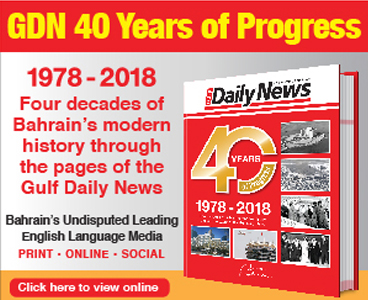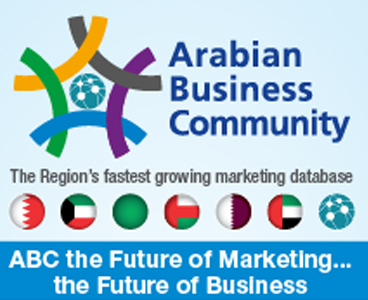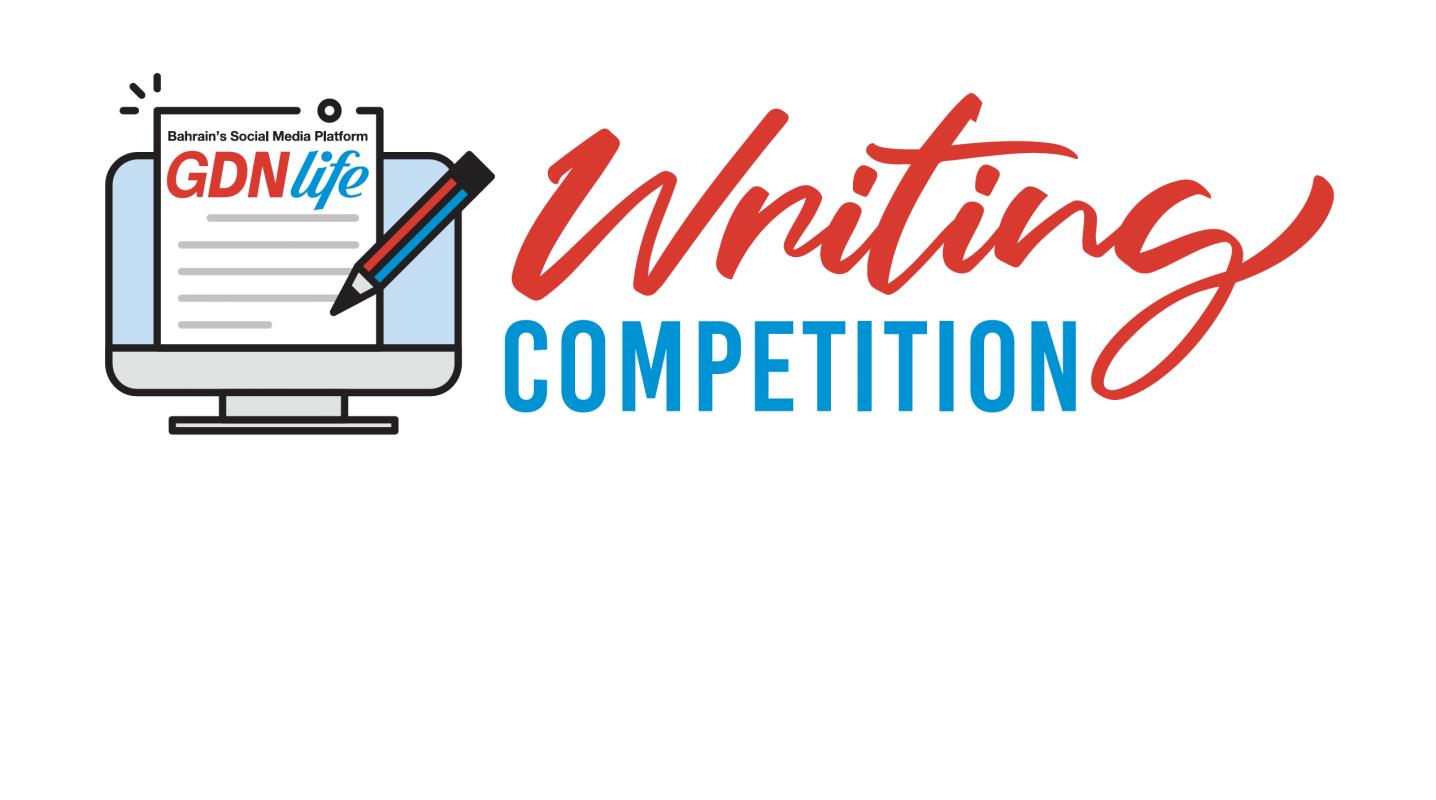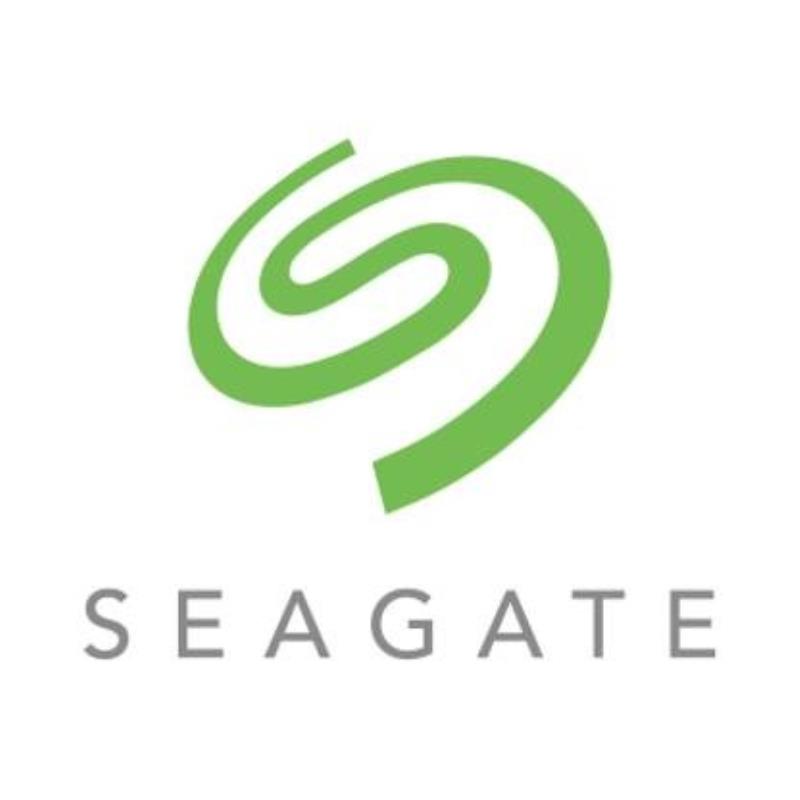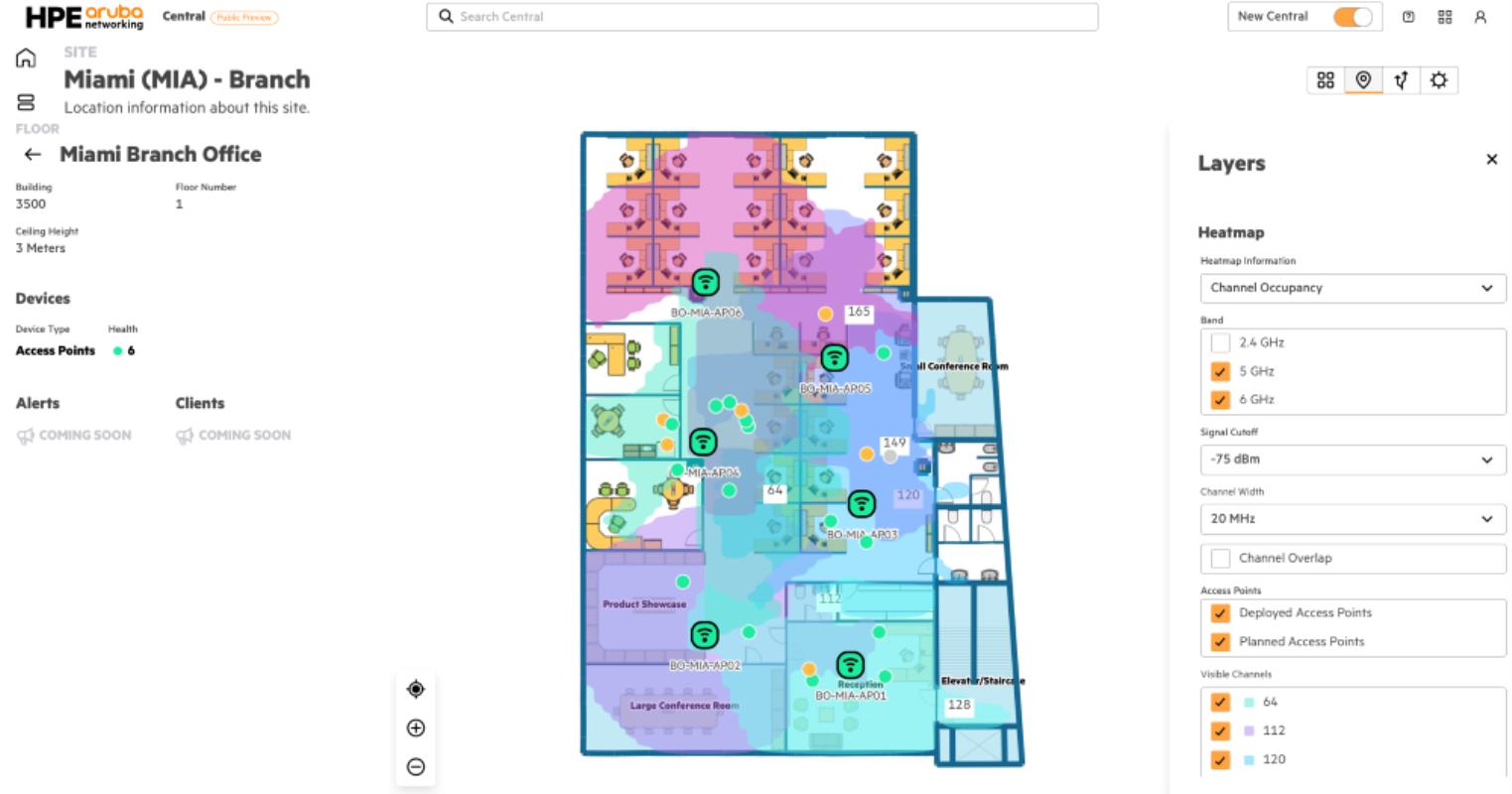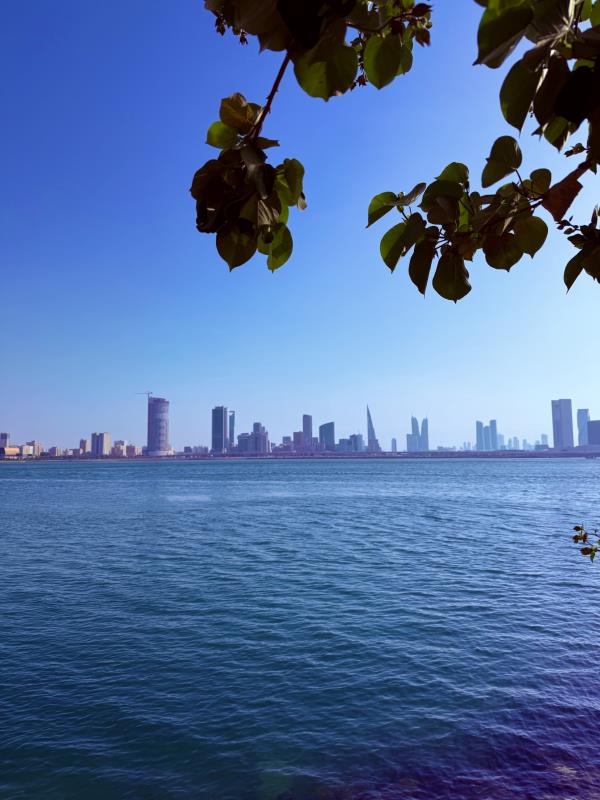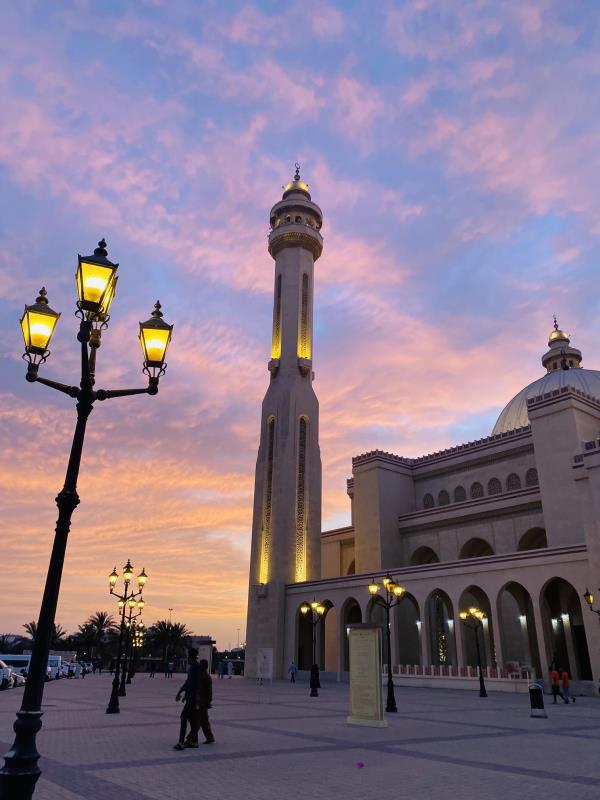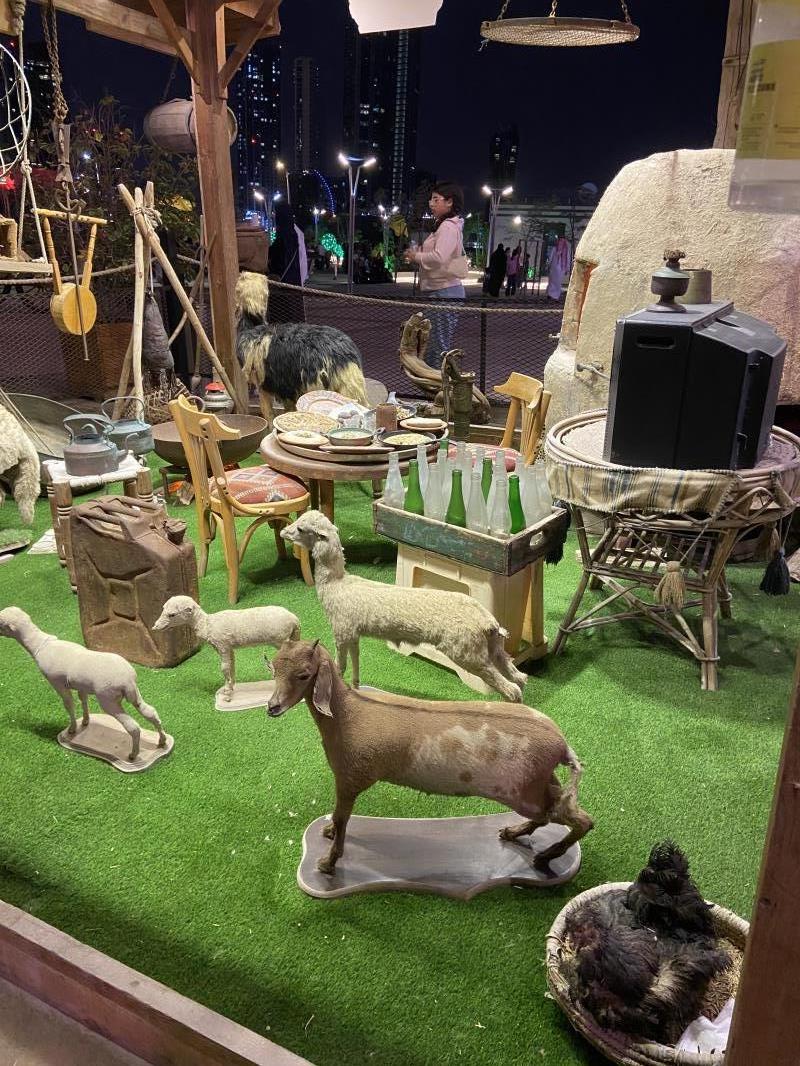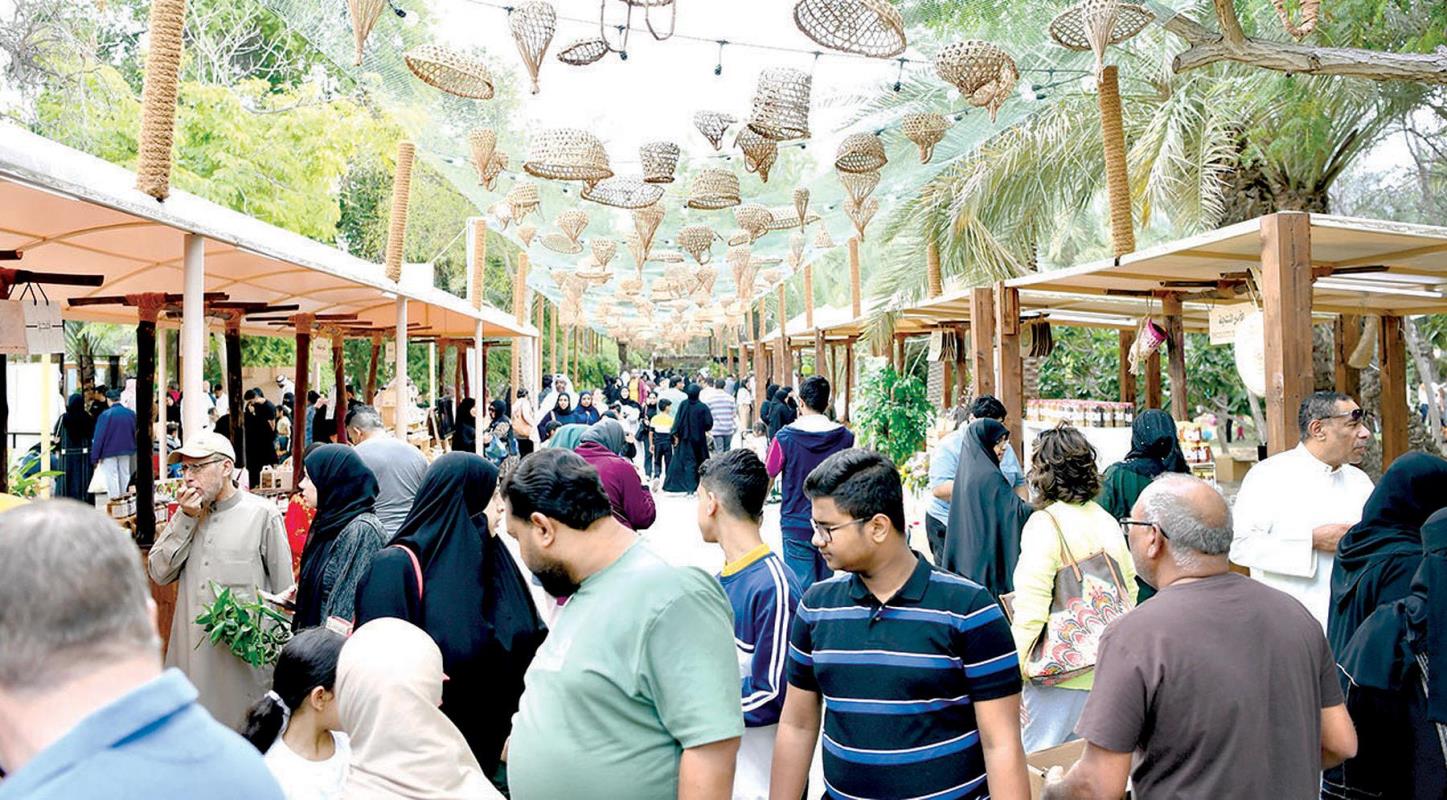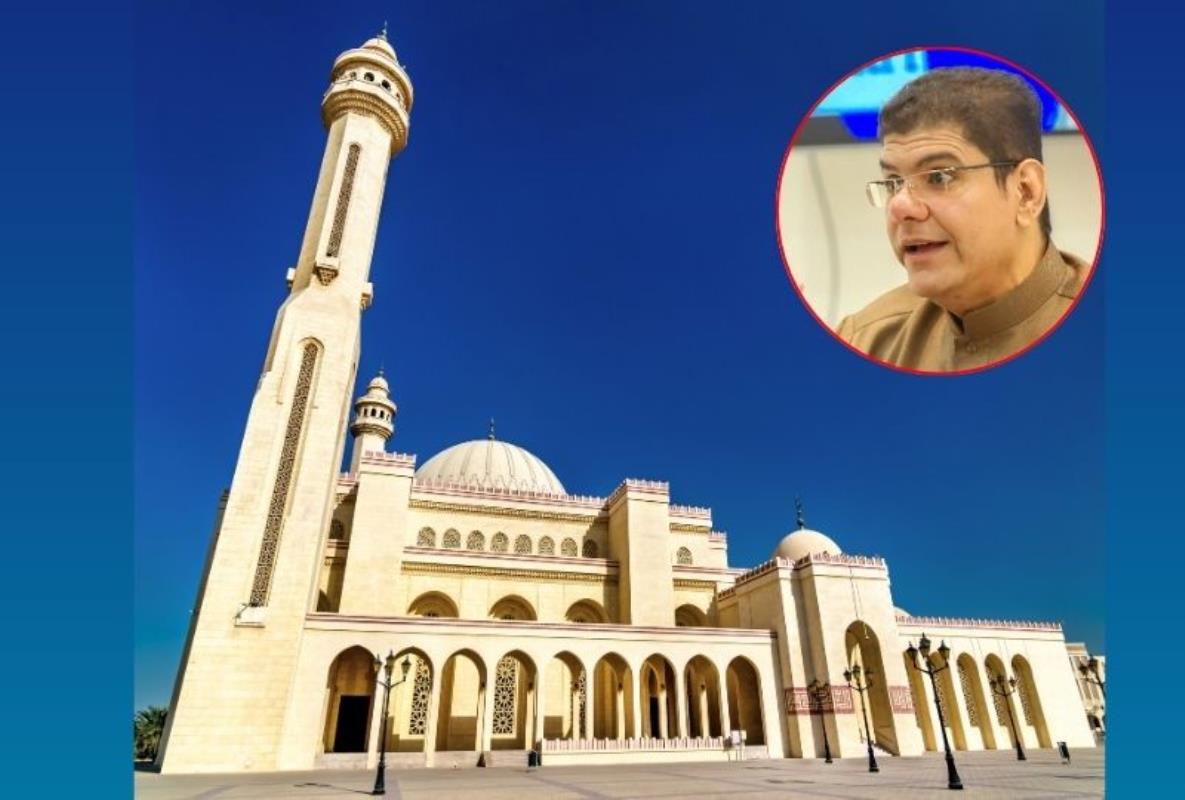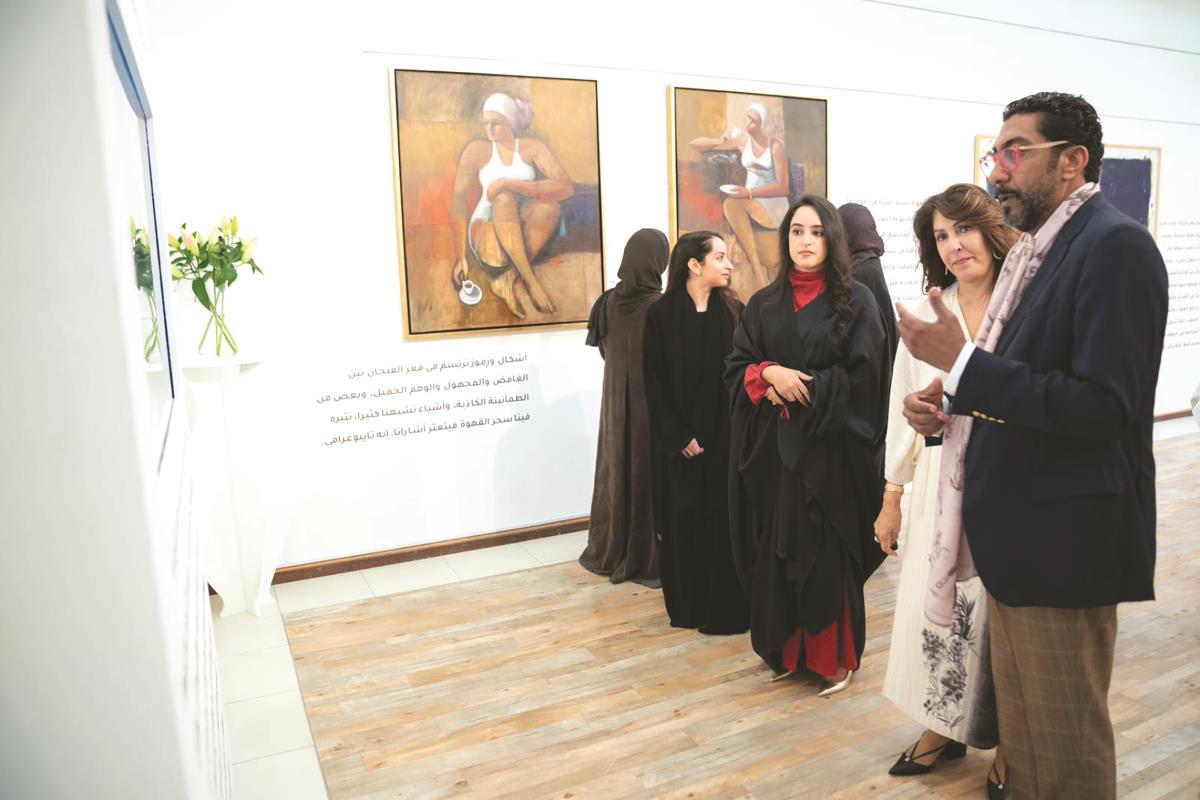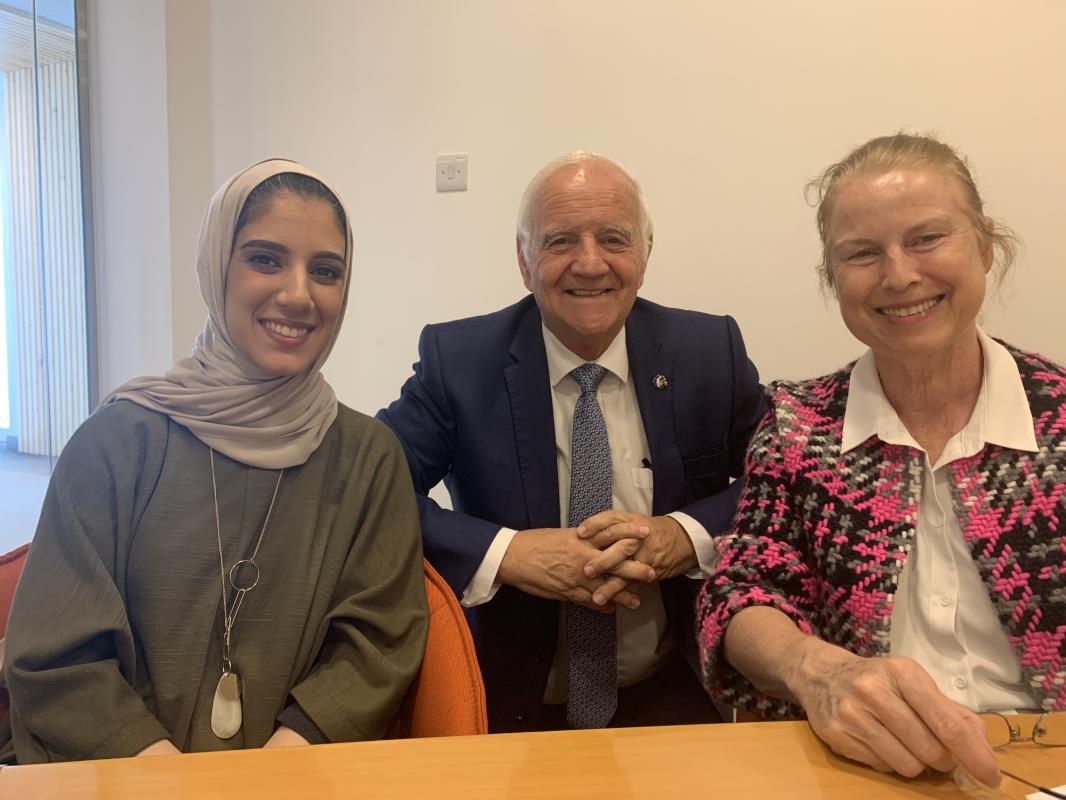
· 40+ trillion cubic meters of proven GCC natural gas reserves – representing 20% of the world’s total – yet allocation models risk leaving economic value untapped.
· Qatar produces 211 bcm of gas annually, KSA 124 bcm, UAE 56 bcm, and Oman 54 bcm – while Kuwait and Bahrain each produce 20 bcm or less and rely on imports.
· In energy-intensive industries, such as aluminum smelting, energy can represent up to 40% of production costs – this gives GCC producers with access to affordable gas a strong position on the global cost curve. It also highlights the strategic impact of gas pricing and allocation decisions.
GCC, 25 August 2025 - Arthur D. Little’s (ADL) newly launched Viewpoint, Optimizing Natural Gas Allocation in the GCC, is introducing a data-driven framework to help Gulf Cooperation Council (GCC) countries make more informed decisions on how to allocate their natural gas resources across competing sectors. The Resource Utilization Index (RUI) enables policymakers and corporate planners to evaluate the economic, industrial, and social value generated by gas in a structured, comparable way – ensuring every molecule counts.
The GCC collectively holds more than 40 trillion cubic meters (tcm) of proven natural gas reserves, representing about 20% of the world’s total. Qatar alone accounts for 24.7 tcm, making it the largest holder in the region and a global leader in liquefied natural gas (LNG) exports. Annual production volumes underscore the region’s strategic role: Qatar produces 211 billion cubic meters (bcm), Saudi Arabia 124 bcm, the UAE 56 bcm, and Oman 54 bcm, while Kuwait and Bahrain each produce 20 bcm or less and rely heavily on imports to meet demand.
Historically, gas allocation decisions in the region have followed a straightforward logic: meet domestic power needs, support key industries, and fulfill export commitments. However, ADL’s research warns that without a more systematic approach, significant value could be left untapped. The RUI addresses this challenge by integrating five interlinked strategic dimensions into a single comparative score. It first considers EBITDA impact, measuring the true profitability generated per unit of gas and adjusting for opportunity cost to provide an accurate picture of financial value. It then evaluates GDP contribution, capturing the direct, indirect, and induced effects of gas use on national output, including multiplier effects across supply chains. Employment generation is assessed not only in terms of the number of jobs created, but also the quality of those jobs, their alignment with national workforce strategies, and their role in skills development. The economic complexity dimension examines how gas allocation supports diversification and industrial upgrading, favoring pathways that enable the production of more sophisticated, high-value exports. Finally, the framework factors in global market synergies, identifying sectors where gas utilization can leverage trade partnerships, export readiness, and existing infrastructure to expand the region’s economic footprint.
Energy-intensive industries illustrate the importance of this approach. In aluminum smelting, for example, energy can account for up to 40% of production costs, and overall energy usage can represent around 50% of total aluminum production costs. While access to affordable gas strengthens cost competitiveness, the RUI helps decision-makers weigh this against the potential value of redirecting the same gas to higher-return uses such as LNG exports or advanced petrochemicals.
“The RUI is not about prescribing a single path for gas allocation. It’s about equipping decision-makers with the tools to make choices that align with national goals, economic diversification, and long-term resilience,” said Peter Kaznacheev, Principal at Arthur D. Little Middle East. “By measuring profitability, economic impact, and strategic alignment in a single framework, we offer a holistic view of where gas delivers the greatest value.”
The index can be tailored to national priorities by adjusting weightings across its five dimensions, and recalibrated as market conditions evolve or new industries emerge. Its applications range from helping governments set long-term planning objectives to enabling corporate planners and joint ventures to balance domestic requirements with export opportunities.
Recent global trade turbulence – alongside regional industrial expansion – has reinforced the need for evidence-based allocation strategies. With major producers like Qatar, Saudi Arabia, the UAE, and Oman facing rising internal demand, and import-reliant states such as Kuwait and Bahrain under increasing supply pressure, the framework offers a unified lens for strategic gas deployment.
“In a time of shifting global alignments and economic recalibration, the RUI empowers GCC nations to view gas not just as an energy source, but as a strategic lever for sustainable growth,” added Ilya Epikhin, Principal at Arthur D. Little Middle East.
By quantifying the economic, social, and strategic value of each cubic meter of natural gas, ADL’s RUI equips GCC leaders with the means to make allocation decisions that reinforce diversification, competitiveness, and resilience in a rapidly evolving energy landscape.
To view the full viewpoint click HERE.








































